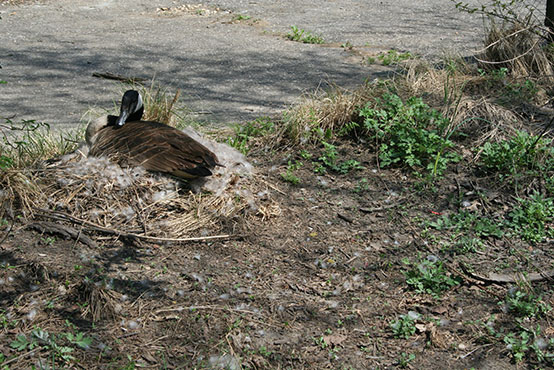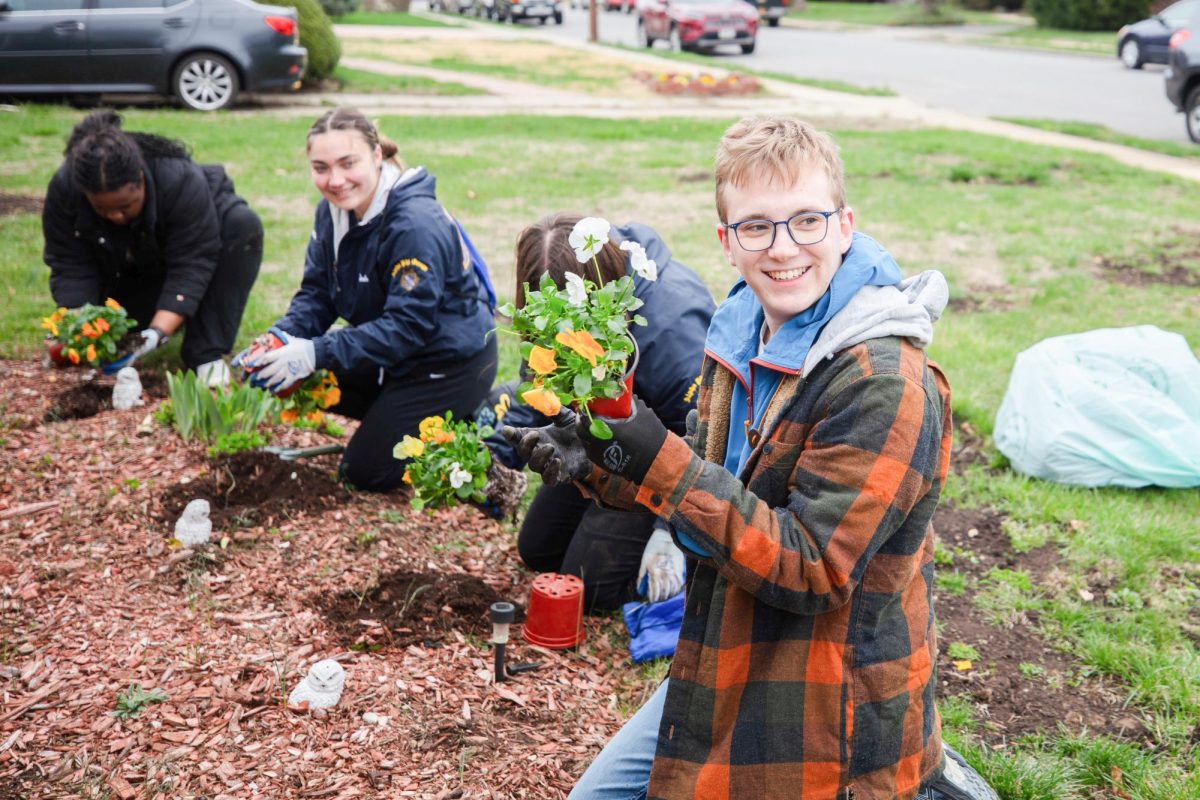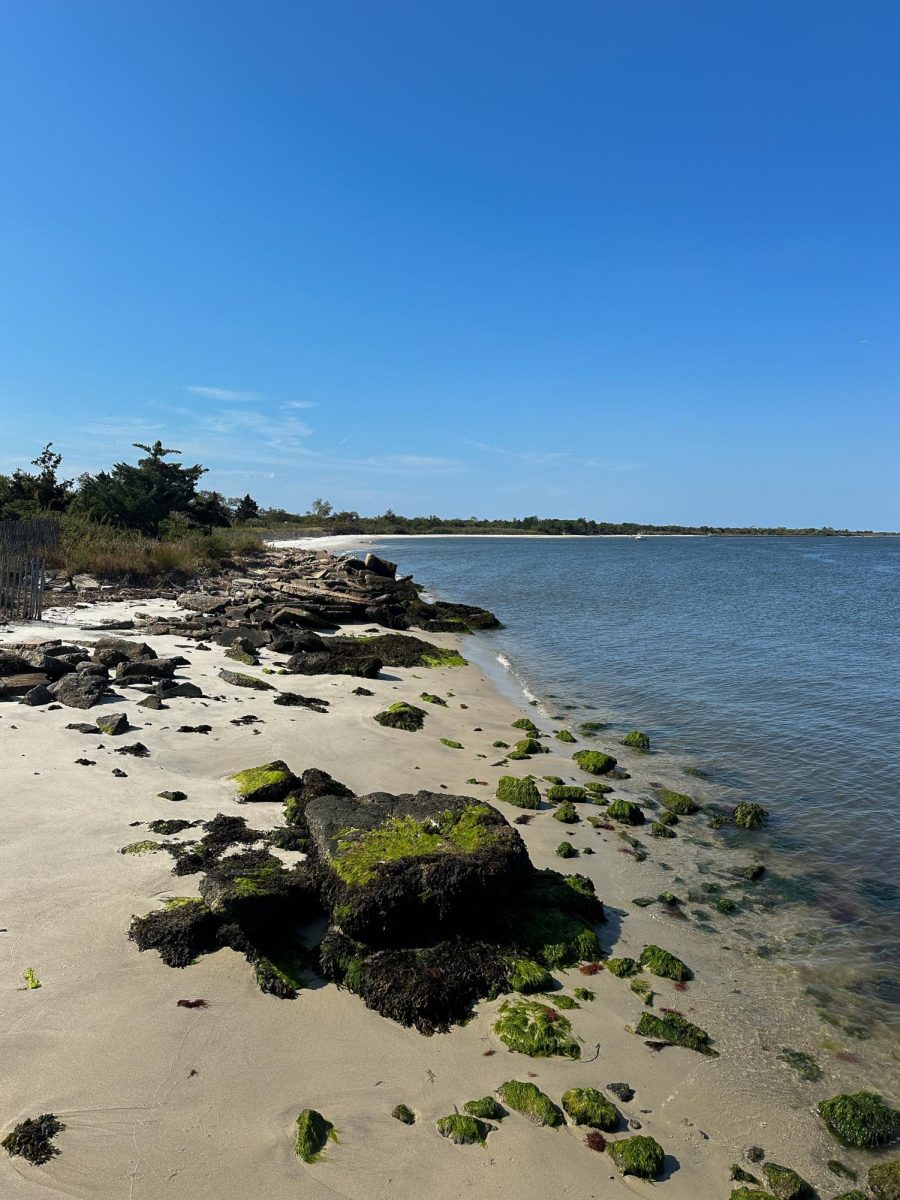By Ava Mandel
Staff Writer
Wild birds and plants once thrived in Hofstra’s bird sanctuary, allowing nature to take back some of its land. However, Hurricane Sandy in 2012 left damage to the sanctuary in its wake. Subsequently, the sanctuary was closed due to severe wood damage that caused stairs to rot and several people to fall through the boardwalk. Steps must be taken by the university in order to restore the once flourishing sanctuary.

Originally owned by New York State, the land was later converted to a bird sanctuary about 25 years ago. It served as an outdoor classroom, hosting engineering, biology, yoga, creative writing, garden clubs and tours.
In its prime, the bird sanctuary featured a gazebo, stairs, a boardwalk, a pond and a waterfall in addition to 113 species of birds. “It has been closed for a couple years because we are trying to get the funds to reopen it,” said Fred Soviero, the director of Hofstra’s Grounds and Landscaping. According to Soviero, who has worked at Hofstra for 30 years, a variety of plants grew in the sanctuary. “Mainly wild plants, but perennials and certain grasses and trees were added. Most of the plantings that are promoted that aren’t pruned away are the ones that grow seeds on them that would attract the birds. For the most part, the plants are wild,” he said.
The sanctuary served as both a popular spot of enjoyment and learning. “The bird sanctuary offers a kind of habitat that isn’t available elsewhere on campus, so if we were able to access the sanctuary regularly, we would get to see birds that we couldn’t see otherwise. And of course, we can’t see birds indoors,” said Christopher Eliot, a professor of philosophy who also teaches ornithology.
One of the sanctuary’s chief benefits is its natural environment. “We like to let it grow … the students can see and learn the whole web of life there,” Soviero said. “On campus, I have to remove a dead tree because it becomes a danger, but in the sanctuary, I can let it take the course of nature.”
Birds are a vital component of Hofstra’s ecology. Eliot has taken an active role in the annual Hofstra Christmas Bird Count. “At Hofstra, we participate in the national Christmas bird count that’s been going on for more than 100 years. For the last [few] years, we’ve been counting the birds on campus around Jan. 1st. We usually find a lot of birds on campus. Beyond the count, we’ve found 113 species of birds on campus,” he said. At the 2017 Hofstra Christmas Bird Count, 590 birds were spotted in total, representing 30 different species.

A lack of funding has been the primary reason for the sanctuary’s lack of repairs. Currently, there are no active fundraisers looking to benefit the sanctuary. However, the Plant Department is working with the Office of Sustainability to raise money through in-house organizations. Soviero did mention that if students wanted to fundraise, that would help facilitate the sanctuary’s reopening.
The Office of Financial Affairs did not comment on the finances of the bird sanctuary.
“We are currently getting estimates for repairs and replacement of these structures, and seeking capital funds to cover the costs,” said Karla Schuster, the assistant vice president of University Relations. “The sanctuary never had a dedicated budget; regular maintenance was performed by Hofstra’s regular grounds crew.”
For specific courses such as ornithology, reopening the bird sanctuary would have a significant impact. “In the ornithology course, we go outside every week. And so, experiencing birds outdoors is a key part of that course and we’re lucky that there’s so many birds on campus that we can observe without going very far,” Eliot said. “I haven’t taken students from the course in the sanctuary during the course, but the sanctuary is part of what attracts birds to Hofstra’s campus. We can look into the sanctuary from outside of it. We’re fortunate to have a sanctuary that attracts birds.”









